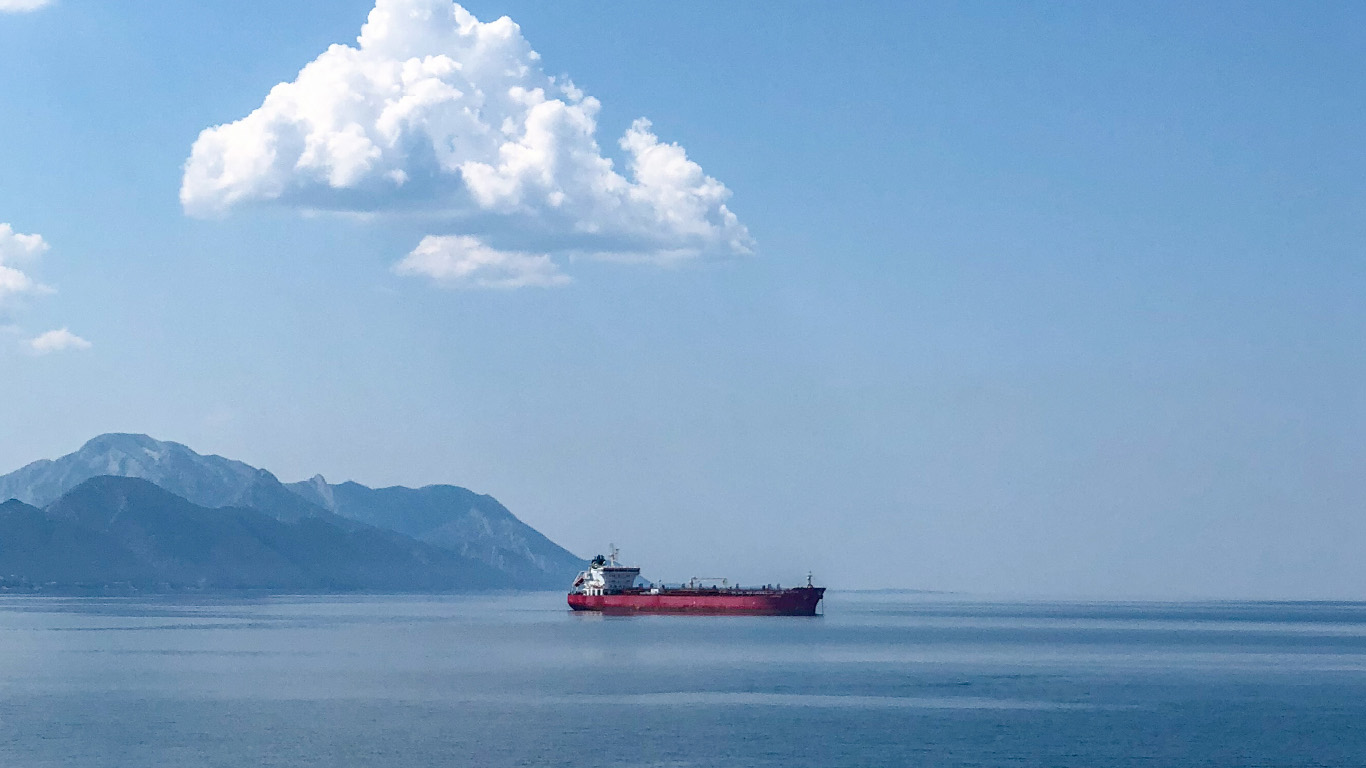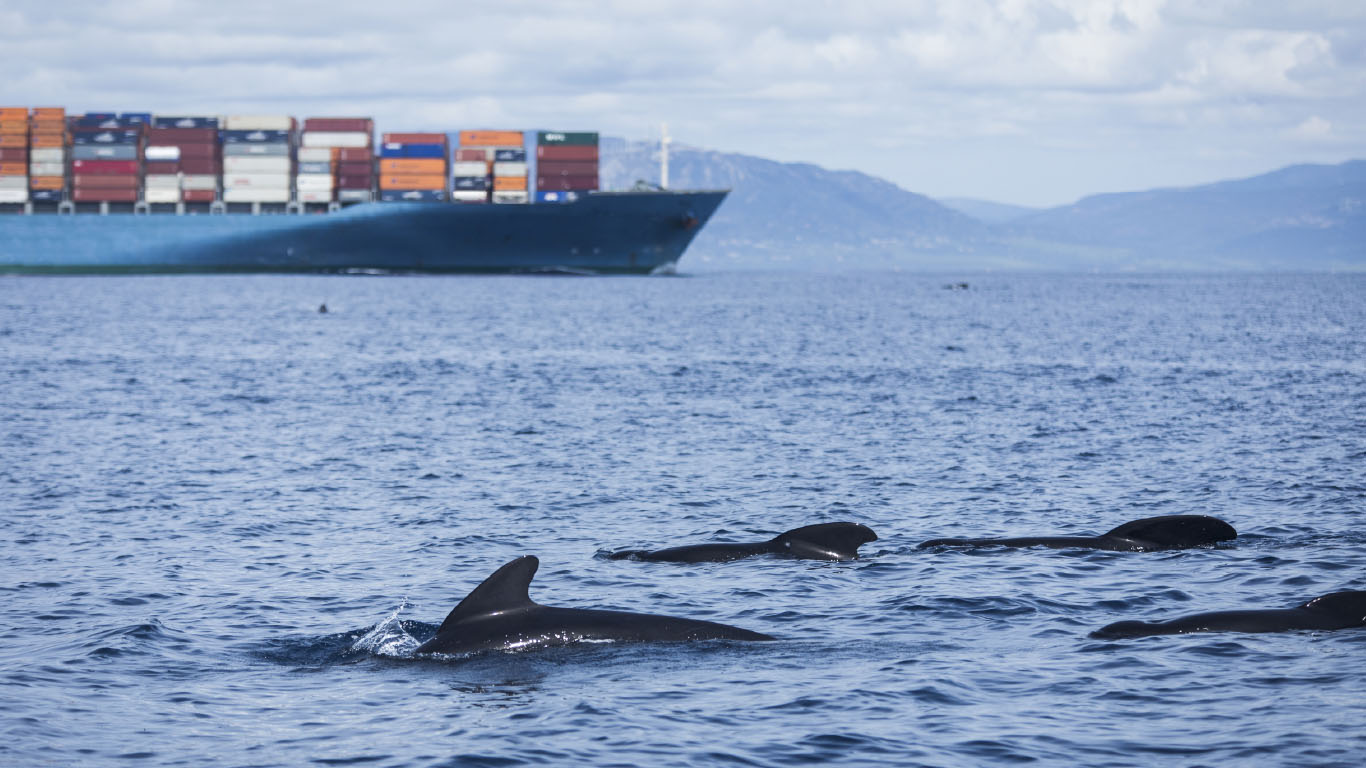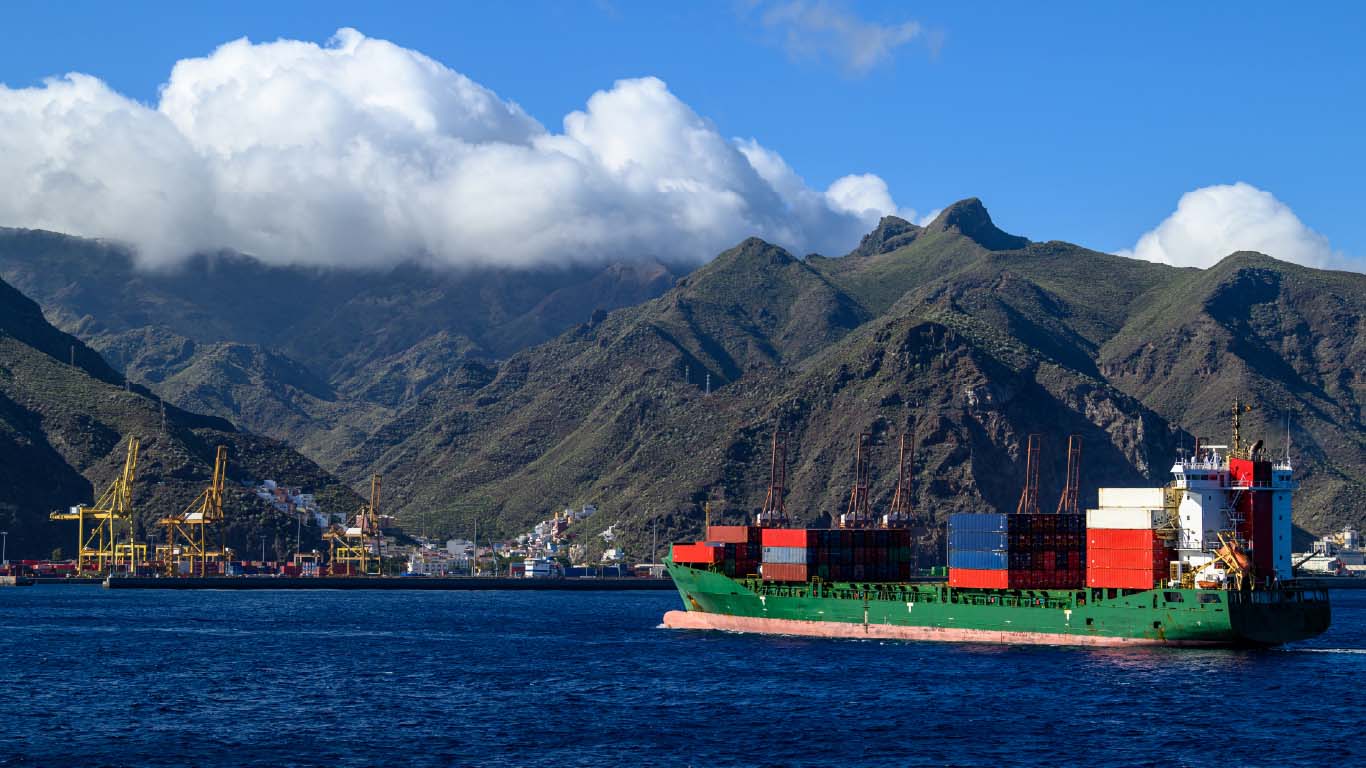EMTER: key facts and data 2025

The maritime sector accounts for 14.2% of the EU’s CO2 emissions from transport, behind the road sector, and almost equivalent to the aviation sector. CO2 emissions from maritime transport have increased annually in the EU since 2015 (except for 2020), amounting to 137.5 million tonnes in 2022.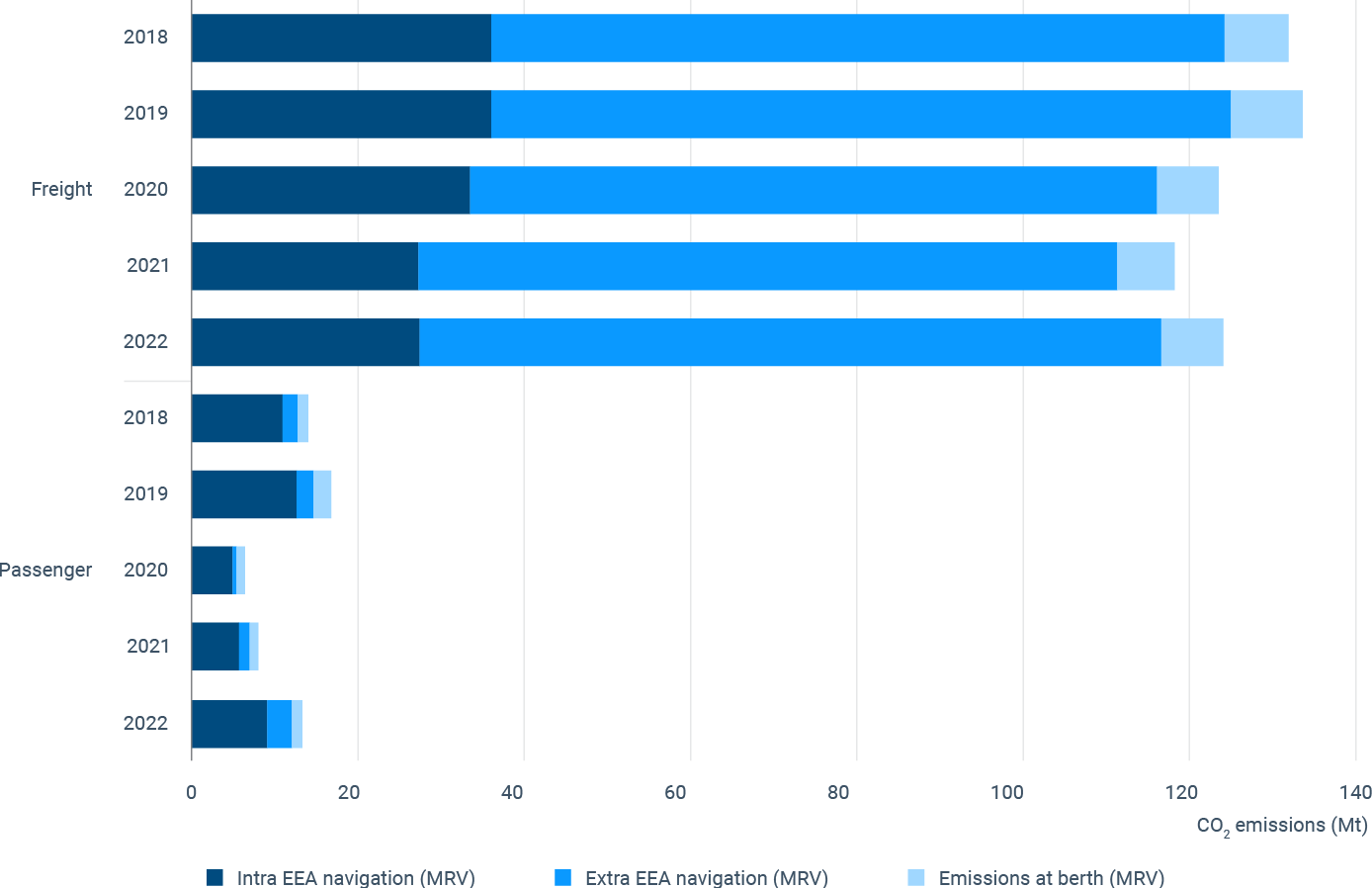
Source: EMTER 2025 Report
Methane (CH4) emissions from maritime transport have at least doubled between 2018-2023 and constitute 26% of the transport sector's total methane emissions in 2022.
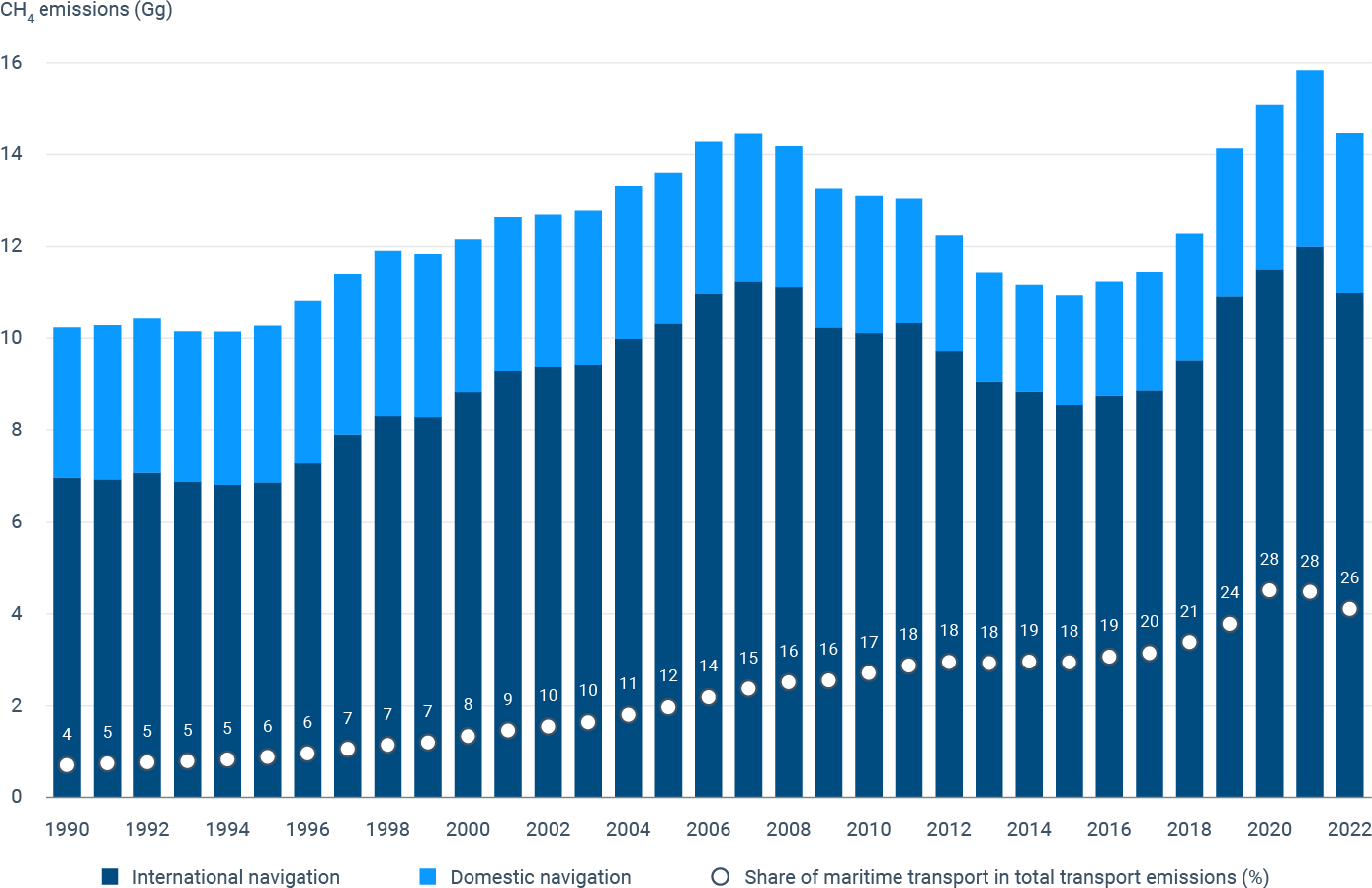
Source: EMTER 2025 Report
In terms of air pollution from the maritime sector, Sulphur Oxide (SOx) emissions in the EU have decreased by about 70% since 2014, largely due to the introduction of Emission Control Areas for SOx (SECAs) in Northern Europe.
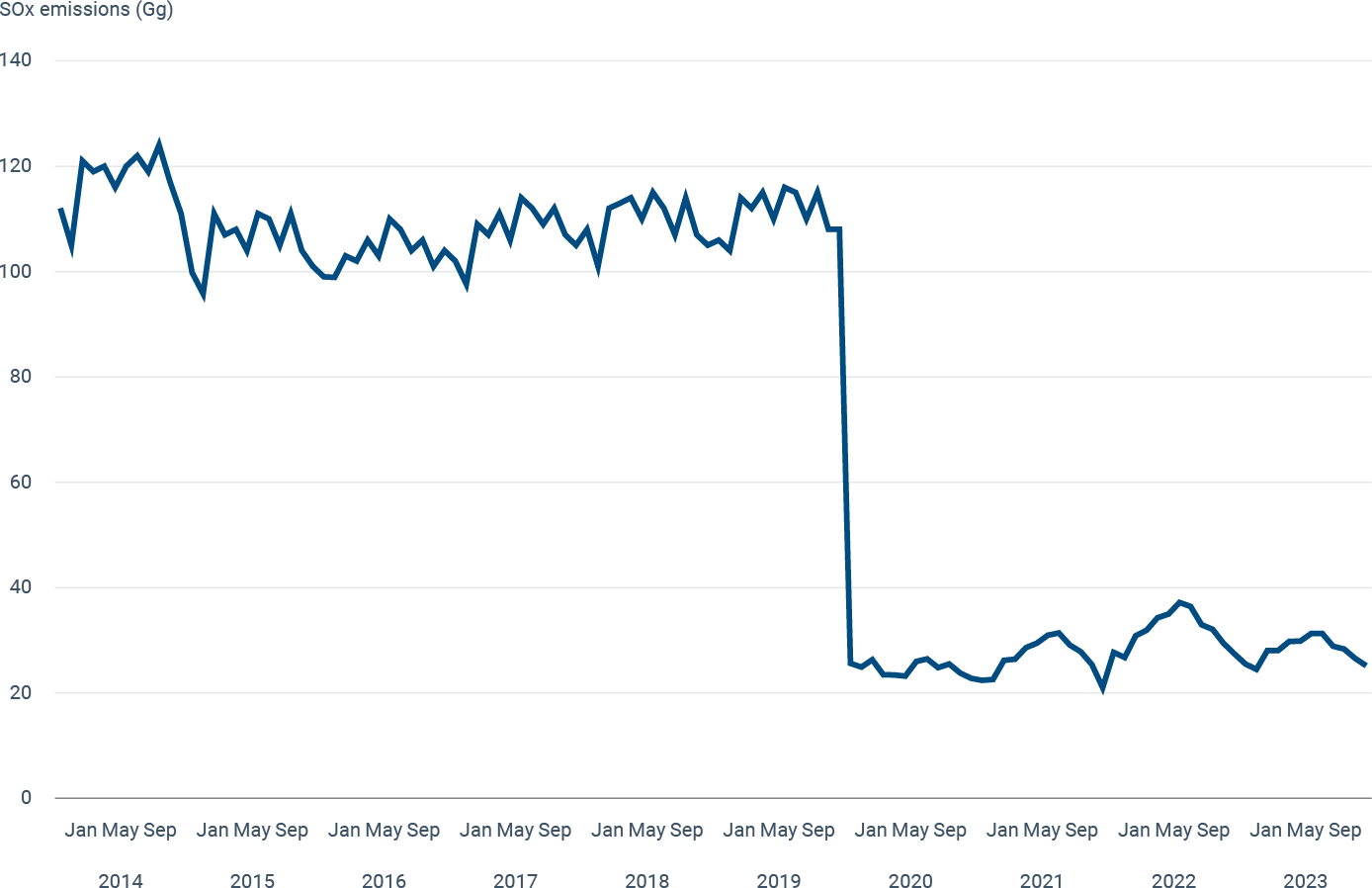
Source: EMTER 2025 Report
In contrast, Nitrogen Oxides (NOx) emissions have risen significantly in 2015-2023, by an average of 10% across the EU. This is despite the North and Baltic Seas being designated as NOx Emission Control Areas since 2021, which applies only to new ships and has low penetration rates.
Maritime transport contributes to water pollution through the emission of hazardous substances; primarily oil spills, but also through operational discharges such as grey water and waste from exhaust gas cleaning systems (ECGS). Open-loop ECGS account for 98% of permitted water discharges, with the remaining 2% comprising of grey waters, sewage, bilge water, and closed-loop ECGS. Furthermore, the discharge of grey water has increased by 40% from 2014 to 2023, mainly due to the growth in cruise ship operations.
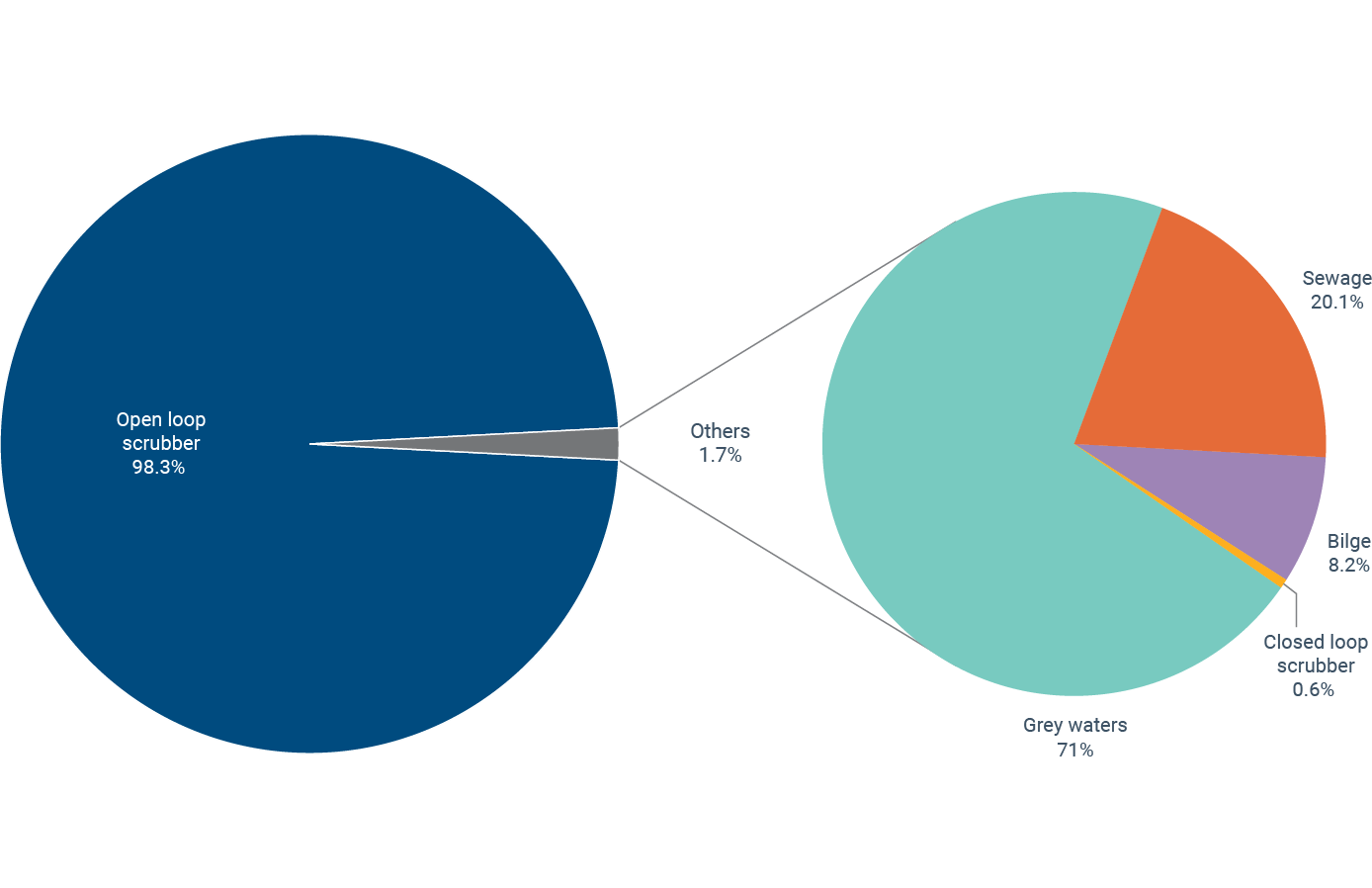 Source: EMTER 2025 Report
Source: EMTER 2025 Report
Enhanced satellite technology can now detect smaller possible oil spills on the sea’s surface than ever before. Most of the 2023 possible incidents detected from space by the CleanSeaNet service covered an area of less than two km2.
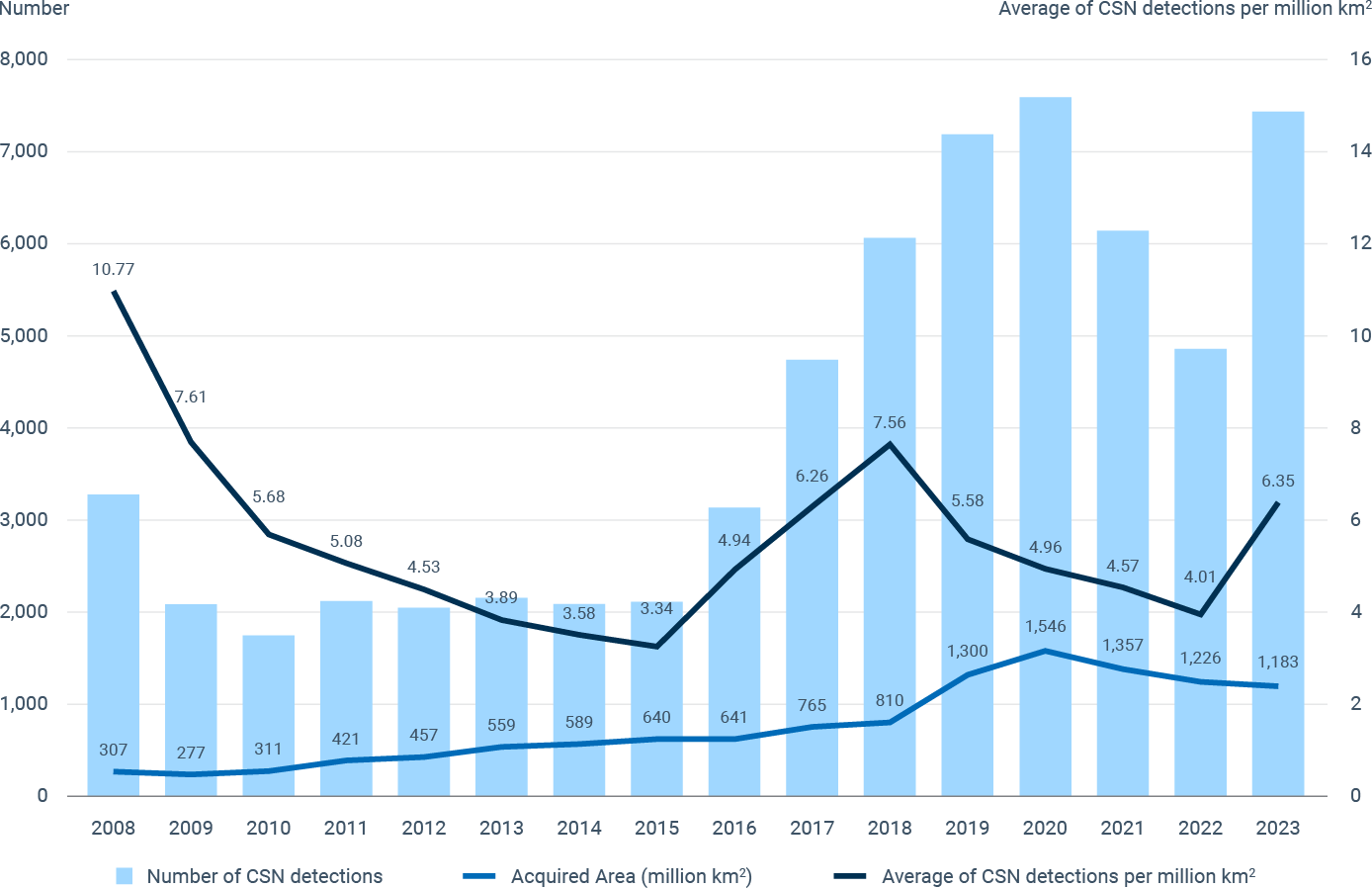
Source: EMTER 2025 Report
New pan-European model data allows for quantitative comparisons of underwater radiated noise (URN) from shipping, revealing high sound pressure level (SPL) values in parts of the English Channel, the Strait of Gibraltar, parts of the Adriatic Sea, the Dardanelles Strait, and some regions in the Baltic Sea. Forecast data suggests that technical and operational mitigation measures could reduce URN by up to 70% between 2030 and 2050.
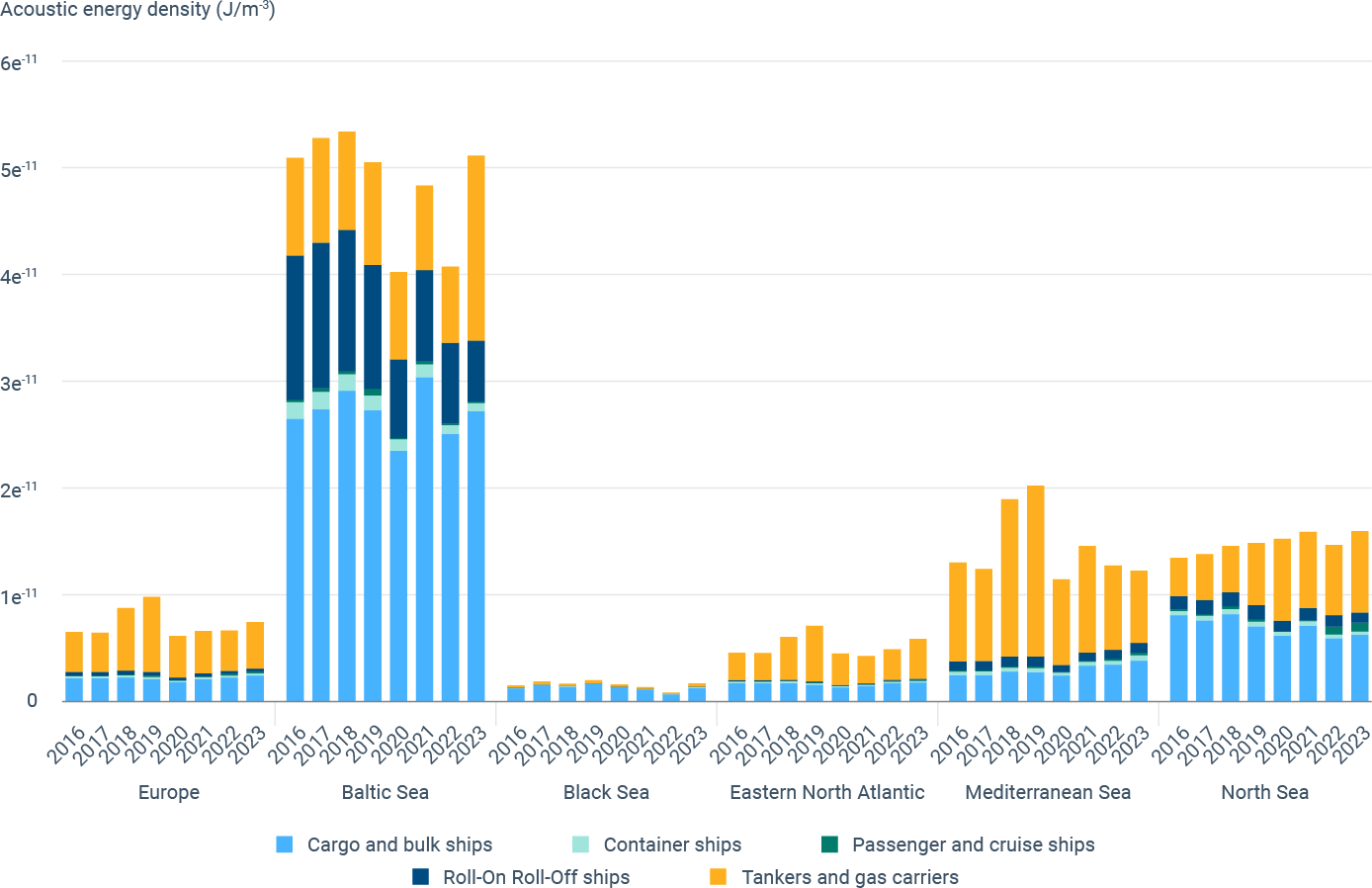
Source: EMTER 2025 Report
Find the full range of findings, data, and information in the EMTER report:

